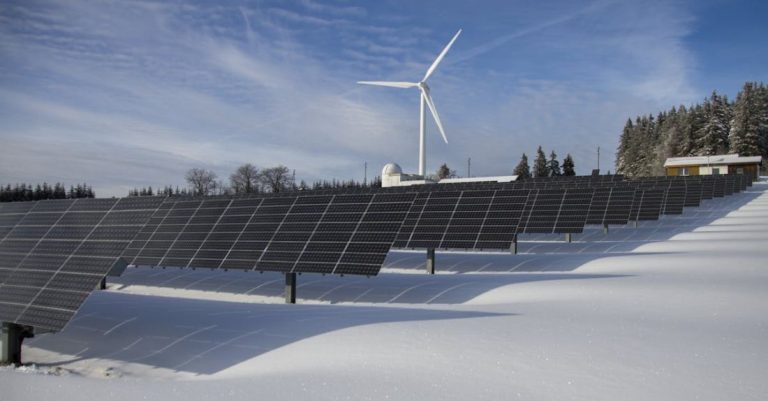
Transitioning to 100% Renewable Energy at Home
In today’s world, the shift towards renewable energy sources is becoming increasingly important as we strive to reduce our carbon footprint and combat climate change. One significant way individuals can contribute to this movement is by transitioning to 100% renewable energy at home. By harnessing the power of renewable sources like solar, wind, and hydroelectricity, homeowners can not only reduce their environmental impact but also save money in the long run. If you are considering making the switch to renewable energy, here are some practical steps to help you get started.
Assess Your Energy Usage
The first step in transitioning to 100% renewable energy at home is to assess your current energy usage. Understanding how much energy you consume on a daily, weekly, and monthly basis will provide you with valuable insights into the size and type of renewable energy system you will need. You can review your utility bills to track your energy consumption over time or use online tools to estimate your energy usage based on the appliances and devices in your home.
Choose the Right Renewable Energy System
Once you have a clear understanding of your energy needs, the next step is to choose the right renewable energy system for your home. Solar panels are a popular choice for homeowners looking to generate their own electricity, while wind turbines and hydroelectric systems are also viable options depending on your location and resources. Consider factors such as the amount of sunlight, wind speed, and water availability in your area when selecting the most suitable renewable energy system for your home.
Consult with Renewable Energy Experts
Transitioning to 100% renewable energy at home can be a complex process, so it’s essential to consult with renewable energy experts to guide you through the installation and implementation of your chosen system. Professional installers can assess your property, recommend the best location for solar panels or wind turbines, and ensure that your renewable energy system meets local regulations and safety standards. By working with experts in the field, you can ensure that your transition to renewable energy is smooth and successful.
Consider Energy Storage Solutions
One challenge of relying on renewable energy sources like solar and wind is their intermittent nature. To address this issue, homeowners can invest in energy storage solutions such as batteries to store excess energy generated during peak production periods for use during times of low production. Energy storage systems not only help optimize the efficiency of your renewable energy system but also provide backup power in case of grid outages or emergencies.
Monitor and Optimize Your Energy Usage
After installing a renewable energy system in your home, it’s crucial to monitor and optimize your energy usage to maximize the benefits of clean energy generation. Smart energy management tools and software can help you track your energy production and consumption in real-time, identify areas where energy efficiency can be improved, and make informed decisions to reduce your overall energy usage. By actively managing your energy consumption, you can further reduce your reliance on non-renewable energy sources and lower your carbon footprint.
Embrace the Benefits of Renewable Energy
Transitioning to 100% renewable energy at home offers a wide range of benefits, both for the environment and for homeowners. By generating clean and sustainable energy on-site, you can significantly reduce your greenhouse gas emissions, decrease your dependence on fossil fuels, and contribute to a more sustainable future for our planet. Moreover, investing in renewable energy systems can lead to long-term cost savings on energy bills and increase the value of your property.
In conclusion, transitioning to 100% renewable energy at home is a significant step towards a more sustainable and environmentally friendly lifestyle. By assessing your energy usage, choosing the right renewable energy system, consulting with experts, investing in energy storage solutions, and monitoring your energy usage, you can make a positive impact on the environment while enjoying the benefits of clean and renewable energy generation. The transition to renewable energy may require an initial investment of time and resources, but the long-term rewards in terms of cost savings, energy independence, and environmental conservation make it a worthwhile endeavor for homeowners committed to a greener future.





